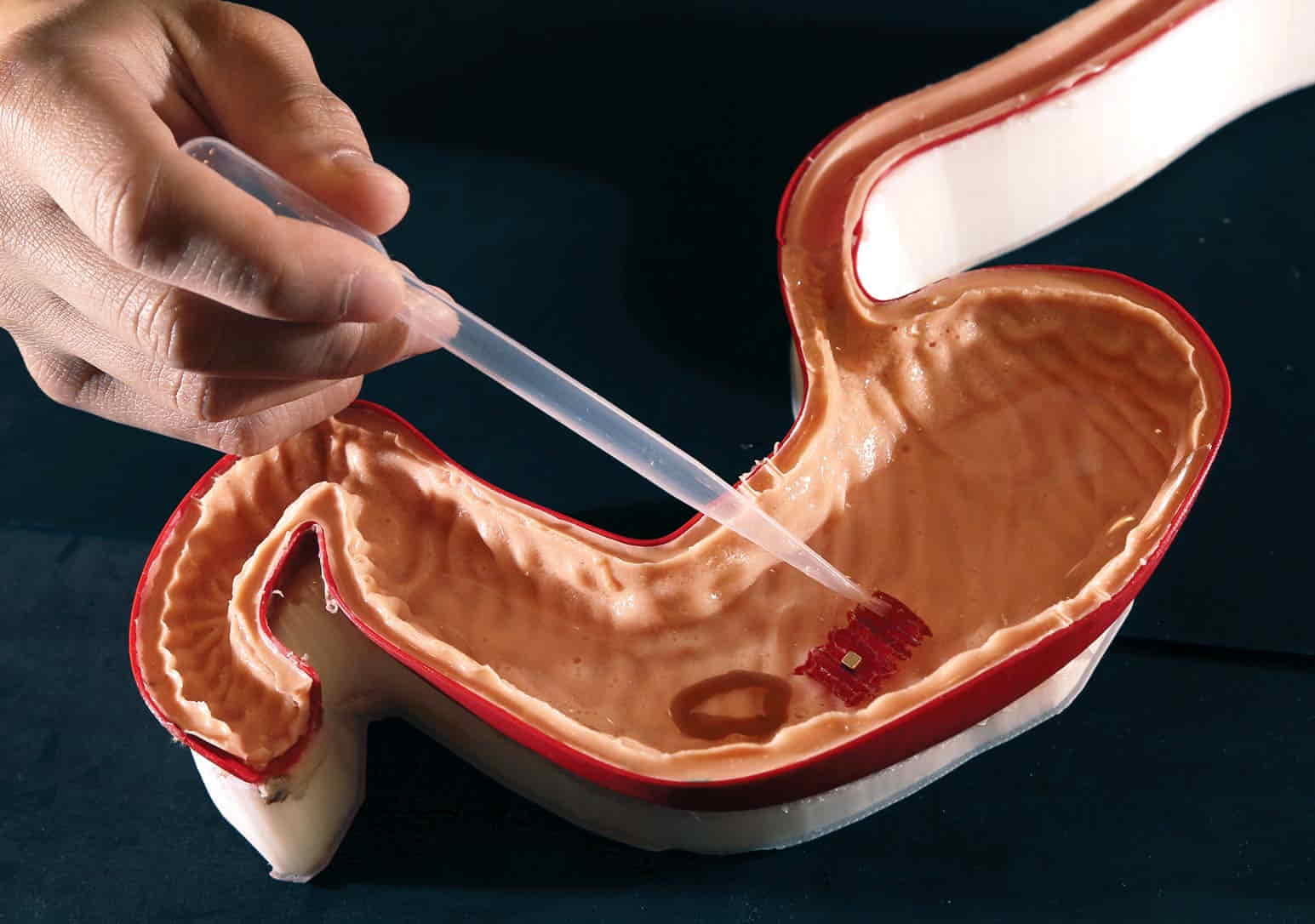
Medicine continually evolves with innovations, each aiming to be less invasive yet more effective. One of the most remarkable breakthroughs recently introduced is the swallowable origami robot—a tiny, ingestible robotic device capable of unfolding inside the human body to perform medical tasks without surgical intervention. This ingenious creation fuses cutting-edge technology with the ancient art of origami, opening a new frontier in internal medicine.
What Exactly Is a Swallowable Origami Robot?
At its core, a swallowable origami robot is a miniature medical device compactly folded into a pill-sized capsule. Once swallowed, the capsule dissolves safely in the stomach, allowing the device to unfold autonomously. Guided externally through magnetic fields, this robot can navigate the body’s interior, performing specific tasks such as removing foreign objects, delivering medication precisely to targeted areas, and patching internal wounds.
Unlike traditional methods that rely on endoscopic tools—which often involve uncomfortable procedures—the swallowable origami robot offers a revolutionary approach that is significantly less invasive and potentially more precise. Developed by researchers, notably at MIT’s Computer Science and Artificial Intelligence Laboratory (CSAIL), the robot leverages magnetic actuation techniques, enabling it to move with remarkable dexterity and precision.
The genius behind this technology lies in its origami-inspired design, utilizing flexible materials like biocompatible polymers that not only ensure patient safety but also biodegrade naturally after completing their tasks. As a result, patients can experience quicker recovery times, lower infection risks, and fewer complications compared to conventional surgery.
How the Swallowable Origami Robot Navigates Inside the Body
Once the robot unfolds within the stomach, medical professionals guide its movement externally through magnetic forces. This allows the swallowable origami robot to reach otherwise inaccessible areas with precision. For example, it can safely remove accidentally swallowed button batteries, a significant health hazard, particularly in children. According to the U.S. Food and Drug Administration (FDA), button batteries can rapidly damage internal tissues if not promptly removed.
The swallowable origami robot effectively addresses this threat by gripping and safely extracting foreign objects, significantly reducing potential harm and invasive surgery risks.
Versatile Medical Applications
The versatility of the swallowable origami robot is one of its greatest strengths. Its adaptability is currently being explored for several crucial medical applications:
Precision Drug Delivery
The ability to deliver drugs directly to the affected area without systemic circulation vastly improves treatment efficacy and minimizes side effects. This is particularly beneficial for targeted chemotherapy and antibiotics administration.
Wound Patching and Repair
The robot can identify damaged internal tissues, applying precise, localized treatments or patches. This targeted approach drastically reduces recovery time and potential complications.
Biopsy and Internal Examination
Due to its controlled movements, the robot can collect tissue samples or perform detailed internal examinations without invasive procedures, providing crucial diagnostic capabilities.
Advantages of the Swallowable Origami Robot Over Conventional Methods
Traditional surgical and diagnostic procedures often carry risks such as infection, prolonged recovery periods, and internal trauma. The swallowable origami robot addresses these concerns effectively. It eliminates incisions, dramatically reduces procedural risks, and simplifies patient recovery. Researchers have suggested these robots might soon replace traditional capsule endoscopes, which currently provide limited functionality and passive internal imaging capabilities.
Biocompatibility and Safety
Made from materials designed to degrade naturally, the robot poses minimal risk, allowing the body to expel the components safely without additional intervention.
Enhanced Precision
External magnetic control enables healthcare providers to maneuver the robot precisely, significantly improving medical outcomes and patient comfort compared to traditional surgical methods.
The Future of Swallowable Origami Robots
Scientists envision many potential future enhancements and broader applications of this technology. Future iterations could include sensors to monitor internal conditions continuously, enabling early disease detection and intervention. Additionally, integrating advanced imaging technologies could provide unprecedented diagnostic accuracy from within the body.
Moreover, researchers are actively exploring broader clinical applications, including precision gene therapies, personalized medication delivery, and even real-time surgical repairs within the digestive tract.
Leading institutions like MIT’s CSAIL and prominent medical research groups worldwide continue developing and refining these devices, promising significant future advancements.
Challenges Ahead
Despite its incredible potential, widespread adoption of the swallowable origami robot still faces several challenges. Regulatory approval, ethical considerations, and comprehensive clinical trials are necessary before these robots can be standard practice in medicine. Further refinement of materials, controls, and miniaturization remains crucial for broader adoption.
However, early results and demonstrations have been promising, highlighting the potential for this technology to become integral to medical diagnostics and treatments within the coming decades.
Frequently Asked Questions (FAQ)
What is a swallowable origami robot?
A swallowable origami robot is a tiny, ingestible device that unfolds inside the stomach to perform medical tasks like drug delivery, foreign object removal, and internal wound repair.
Is the swallowable origami robot safe for patients?
Yes, the robot is built from biocompatible materials that safely dissolve or pass naturally from the body, minimizing risks associated with internal procedures.
How is the robot controlled once inside the body?
External magnets guide the robot through precise magnetic fields, allowing safe and accurate maneuverability within internal organs.
What specific medical problems can it address?
Current applications include removing harmful swallowed objects (like batteries), precise drug administration, internal tissue repair, and potentially performing biopsies or diagnostic tasks.
What are the main benefits over traditional surgical methods?
The robot significantly reduces invasiveness, minimizes recovery time, improves patient safety, and enhances precision and diagnostic accuracy compared to traditional surgery or endoscopy.





